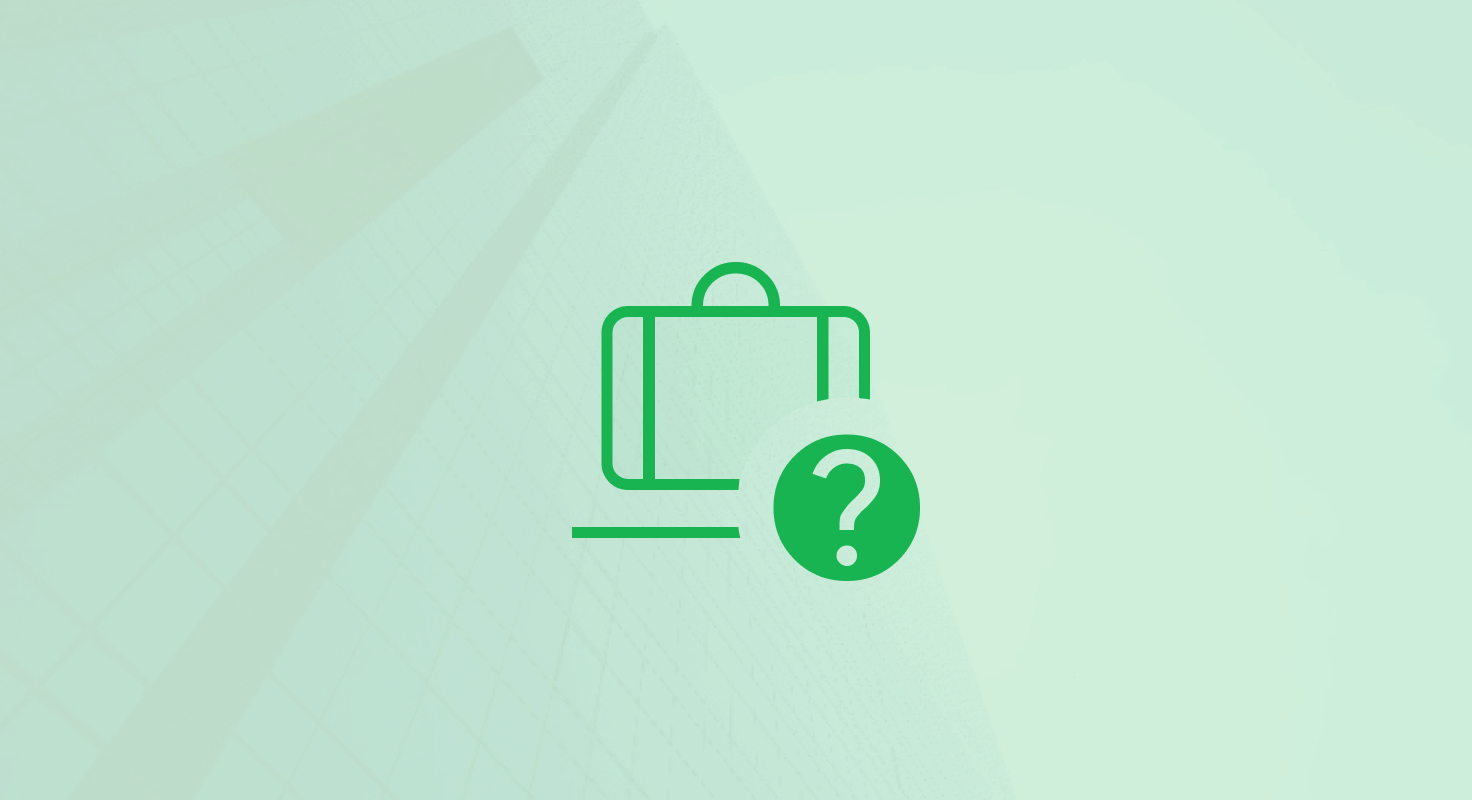Table of Contents
Businesses, whether startups or well-established enterprises, are increasingly embracing SaaS (Software as a Service) solutions to boost their efficiency and fuel their expansion. As a result, the SaaS business model has become incredibly popular, but many companies find that implementing RevOps for SaaS can be the key to unlocking sustainable growth and efficiency.
Let’s take a look at the SaaS model itself, the reasons for its widespread adoption, the various stages of a SaaS business, the challenges of this model, and some perspectives for SaaS providers. Understanding how RevOps SaaS frameworks can streamline operations at each stage can be a game-changer.
Watch the full video series: RevOps Summer School - with Matt Bolian
TL;DR: The SaaS Business Model
-
SaaS is popular because it's flexible, affordable, and easy to scale
-
RevOps aligns sales, marketing, and CS to support long-term SaaS growth
-
Startups begin with MVPs and iterate quickly to find product-market fit
-
Growth requires smart systems, scalable ops, and constant optimization
-
SaaS faces challenges like vendor lock-in, churn, and complex sales cycles
-
Success depends on customer experience, retention, and a RevOps-first mindset
What is the SaaS business model, and how does RevOps support it?
To grasp the SaaS model's complexities, let's start with the basics. SaaS is a method of delivering software where a provider hosts applications accessible to customers via the internet. Instead of buying and setting up software on their own systems, businesses subscribe to SaaS for access. Implementing a SaaS RevOps strategy can optimize this subscription model by aligning sales, marketing, and customer success efforts to drive predictable revenue growth.
SaaS's growth story is rooted in technological advancements and evolving business needs. Initially, it served smaller enterprises with budget-friendly software. However, as reliability and security improved, larger companies also joined the fold, embracing this model and often leveraging RevOps for SaaS to maintain a competitive edge.
Why is the SaaS operating model so popular among modern businesses?
Cost Efficiency
SaaS drastically cuts upfront costs. Instead of hefty software licenses and infrastructure expenses, businesses pay manageable subscription fees. This appeals especially to startups and those with limited resources, allowing them to allocate funds strategically.
Flexibility and Scalability
Unlike traditional software, SaaS is incredibly adaptable. Businesses can easily adjust their software usage to match their needs. Whether it's adding users, accessing new features, or reducing subscriptions, SaaS allows seamless adjustments without the usual complexities.
Streamlined Operations
SaaS takes the headache out of updates and maintenance. Service providers handle these tasks, leaving businesses free to focus on their core operations. Quick, reliable customer support also minimizes downtime, ensuring maximum productivity.
User-Friendly Access
SaaS product solutions are designed for simplicity. They often come with intuitive interfaces, eliminating the need for extensive training or specialized IT staff. This accessibility appeals to users with varying technical skills, reducing operational costs.
How does the SaaS business process evolve from startup to scale-up?
Starting Up
Launching a successful SaaS company begins with the startup phase. Here, founders craft a basic version of their product (MVP) and refine it based on market needs. They conduct research, gather feedback, and tweak the product to match customer demands.
Continuous Improvement
Once the MVP is out, founders focus on constant refinement. They track user behavior, collect data, and analyze feedback to make their product more user-friendly and valuable. It's all about iterative enhancement to meet evolving market needs.
Scaling Up
As the startup gains traction, it enters the scale-up phase. Now, the goal shifts to expanding the customer base, exploring new markets, and boosting revenue. Marketing efforts intensify, aiming to attract a wider audience through various strategies.
Perfecting the Fit
During scaling, founders fine-tune product-market fit. They dive into market research, gather insights, and analyze data to ensure their product aligns perfectly with customer needs. Continuously refining this fit sets the stage for long-term growth.
Building for Growth
Creating sustainable growth involves establishing robust processes and systems. Founders streamline operations, optimize resources, and build capable teams. They set up scalable structures, automate tasks, and track progress using KPIs.
The Agile Approach
Throughout these phases, adaptability is key. Founders must embrace feedback, pivot when necessary, and seek innovation opportunities.
What are the biggest challenges of the SaaS business model and how can RevOps help?
Relying on Providers
With SaaS, dependence on service providers is a concern. Businesses must vet providers for reliability to avoid disruptions that could impact operations.
Vendor Lock-in Risks
Adopting a SaaS model might limit the ability to switch providers seamlessly. Planning for potential transitions is essential to avoid disruption or data loss.
Managing Costs during Growth
As businesses scale, managing costs becomes crucial. Understanding pricing structures and long-term financial implications is key to avoiding unexpected expenses.
What should SaaS providers prioritize for sustainable growth and customer retention?
Customer Experience Matters
Offering exceptional customer service and value is key. The risk in the transaction is mostly with the provider as the buyer can walk away and get out of a contract with usually small termination fees and frequently non-binding contracts (month-to-month) with opt out periods. SaaS model businesses often will have to wait six to twelve months before realizing a profit from a customer.
Sales Cycles/Win Rates
The diverse payment structures (multi-year, annually, quarterly, or monthly) employed by the SaaS model are reflected in the wide ranges of the sales cycle. It can range anywhere from six months to two weeks, correlating to multi-year contracts and monthly subscriptions, respectively.
As a result, the win rate is about 1:5. The primary reason for this is that the shorter contract lengths make it easier to buy, resulting in generally less qualified customers. To help ensure the win rate doesn't dip below 20% on a consistent basis, better discovery calls and sophisticated qualification metrics are needed.
Smart Sales Teams and CS Strategies
Tailor campaigns and sales efforts to meet the specific needs of potential clients. In the SaaS model, you don't make money on selling contracts, but rather on the ability to secure recurring revenue. It’s less about the number of customers, and more about how long you've kept them. This means you must focus on both sales and CS.
Here, revenue stream and stability hinges on retaining subscribers over time (churn rate). Customer Retention strategies include maintaining a strong customer success and support infrastructure to ensure satisfaction, troubleshooting issues, enhancing onboarding, and continuously delivering value to subscribers through new features, personalized content, and tailored recommendations.
Why RevOps is the key to scaling and sustaining growth in the SaaS business model
The SaaS model offers cost savings, adaptability, and hassle-free operations. Yet, challenges like reliance on providers and data security persist. Success in this model lies in prioritizing customer experience, smart sales strategies, and retaining subscribers for the long haul. For businesses, embracing SaaS means stepping into a future of revenue generation and efficient, scalable, and customer-centric growth.
The Revenue Performance Model
Do you want to track the entire revenue journey in your CRM so you can see what's broken, why it happened, and where to fix it?
Download the Revenue Performance Model HERE






